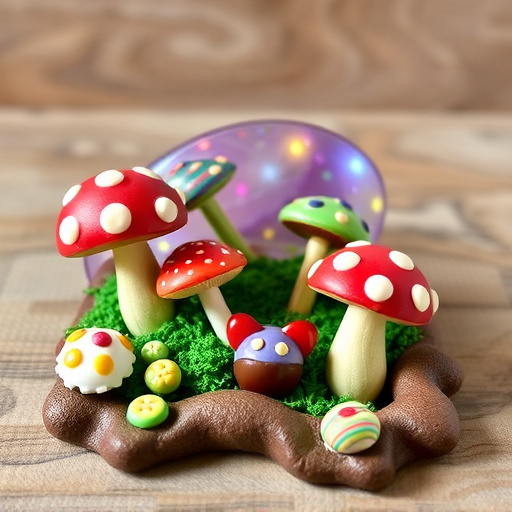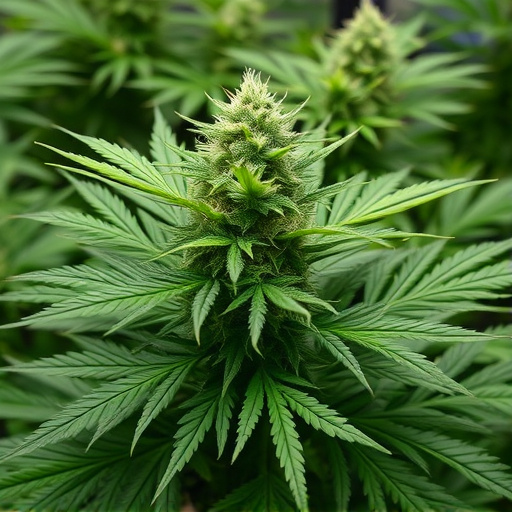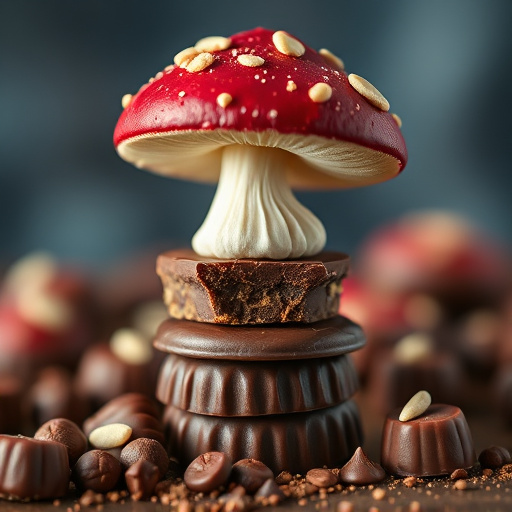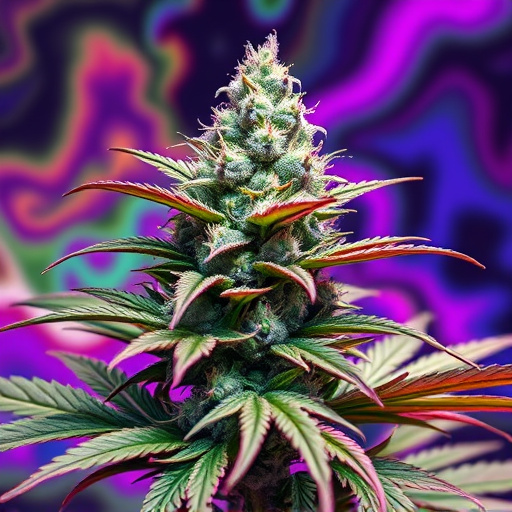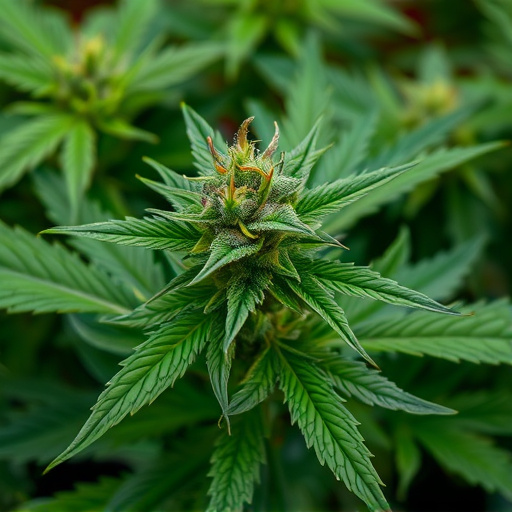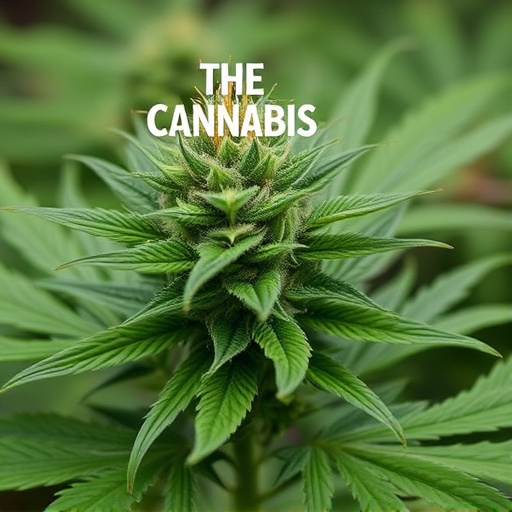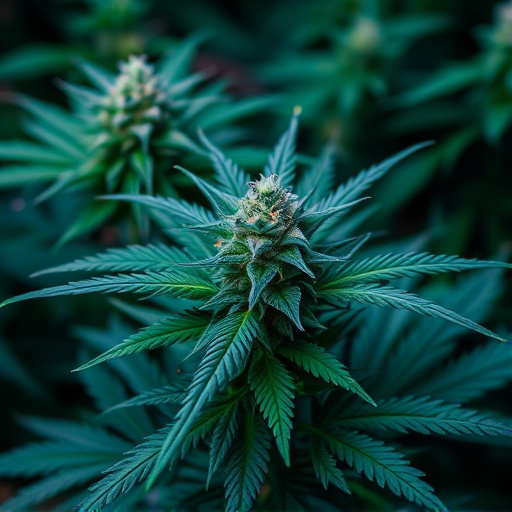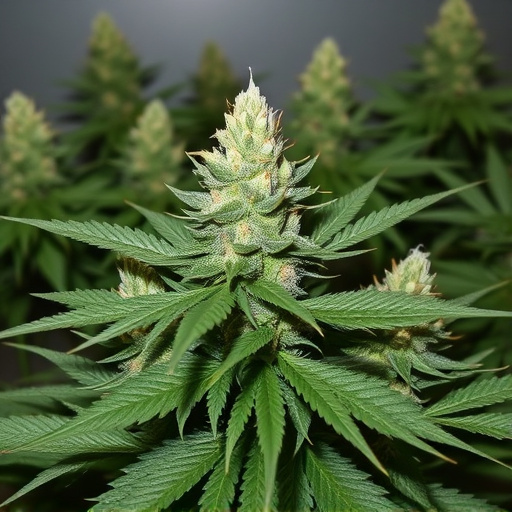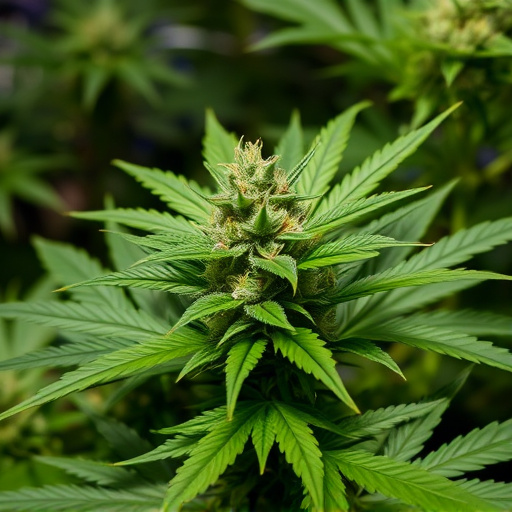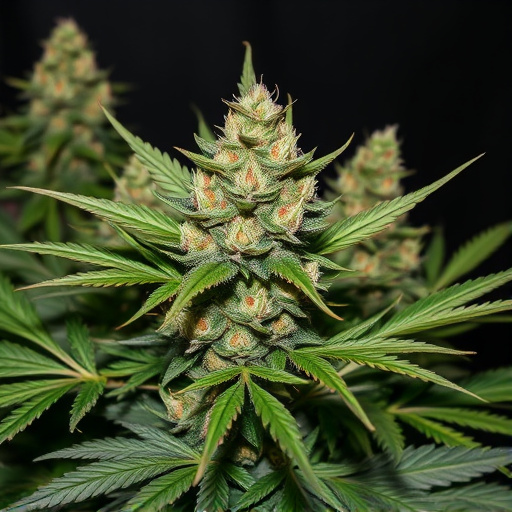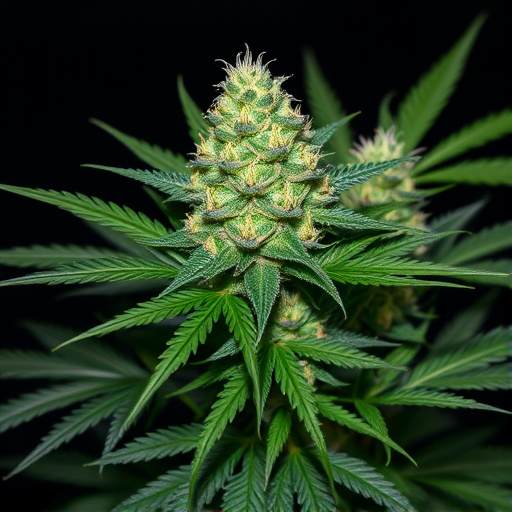Indica cannabis strains vary in potency and duration due to genetic differences, particularly in CBD and THC ratios. Higher THC concentrations offer stronger, longer-lasting effects, while increased CBD provides milder highs with potential therapeutic advantages. Individual metabolism and tolerance also play significant roles in how each person experiences indica strains. Consumption methods like smoking/vaping versus edibles impact the high's onset and duration. The environment further customizes the experience, enhancing relaxation or potentially inducing anxiety based on setting.
Explore the captivating world of cannabis and uncover the mysterious factors that dictate the duration of its intoxicating effects. From the intricate genetic composition and cannabinoid profiles of various indica cannabis strains to individual metabolic differences and consumption methods, each element plays a pivotal role in shaping the high’s timeline. Unravel the science behind these influences and discover how they contribute to a diverse and nuanced cannabis experience.
- Genetic Composition and Cannabinoid Profile
- Individual Metabolism and Tolerance
- Consumption Method and Environment
Genetic Composition and Cannabinoid Profile
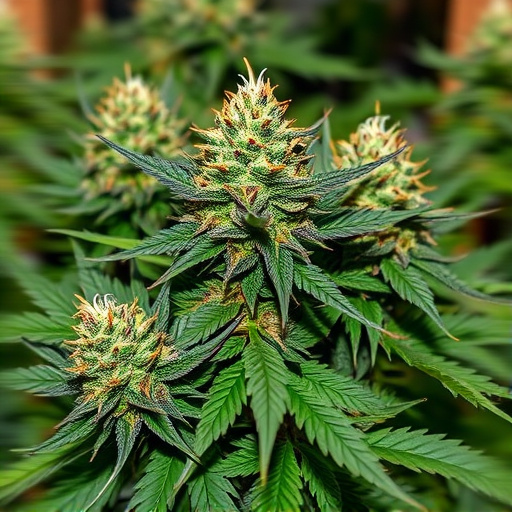
The genetic composition and cannabinoid profile of cannabis plants play a pivotal role in determining the duration and intensity of the “high” experienced by users. Indica cannabis strains, known for their relaxing and sedative effects, often contain higher levels of cannabidiol (CBD) and tetrahydrocannabinol (THC), the primary psychoactive compounds responsible for the intoxicating effects. The ratio of these cannabinoids significantly influences how long the high lasts and its overall impact on the user.
Varieties of indica strains have been selectively bred over time to enhance specific cannabinoid profiles, leading to a diverse range of options. Some strains may have higher THC concentrations, resulting in more potent and longer-lasting effects, while others focus on elevating CBD levels, offering a milder high with potential therapeutic benefits without the intense intoxicating sensation. This genetic diversity ensures that users can choose cannabis varieties aligned with their desired experience duration and preferences.
Individual Metabolism and Tolerance
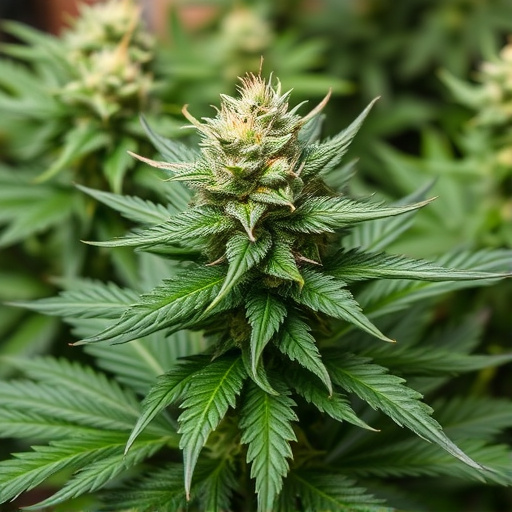
Every individual’s body processes cannabis differently, primarily due to varying metabolisms and tolerances. Metabolic rate plays a significant role in determining how quickly cannabinoids like THC (the primary psychoactive compound) are absorbed, circulated, and broken down by the body. Faster metabolism can lead to quicker dissipation of THC, potentially resulting in shorter duration of the ‘high’. On the other hand, slower metabolism might extend the effects.
Additionally, tolerance is a critical factor. Regular users of cannabis, especially those who prefer indica cannabis strains known for their relaxing and sedative properties, often build up a higher tolerance to THC. This means they require larger doses to achieve the same level of effect, which can also influence the duration of the high.
Consumption Method and Environment
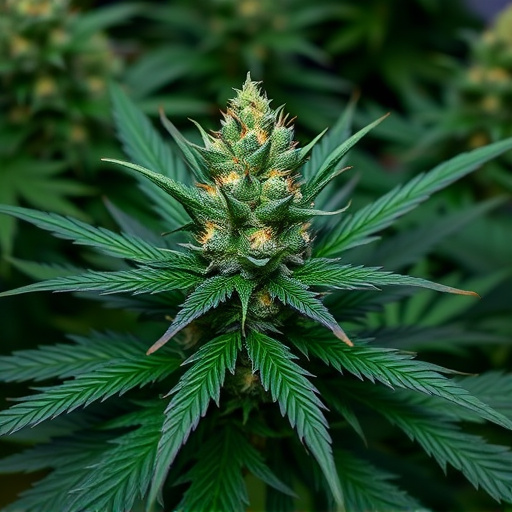
The method of consumption can significantly impact the duration and intensity of a cannabis high. Different consumption methods offer varying levels of control over dose and administration, leading to distinct experiences. For instance, smoking or vaping cannabis allows for quicker absorption and onset of effects, often resulting in a shorter-lived but potent high. On the other hand, edibles take effect more gradually due to digestion and metabolism, providing a slower build-up and longer-lasting experience that can last several hours.
The environment in which one consumes cannabis also plays a crucial role. The setting’s ambiance, lighting, and overall atmosphere can enhance or alter the perception of the high. A calm, comfortable environment may intensify the relaxation and euphoria associated with indica cannabis strains, making it an ideal space for unwinding after a long day. Conversely, an energetic or unfamiliar environment might heighten anxiety or paranoia, especially in those new to cannabis consumption, potentially affecting the duration and overall enjoyment of the experience.
Understanding the factors that influence cannabis high duration is key to navigating the diverse world of cannabis consumption. Genetic composition, with its varying cannabinoid profiles, plays a pivotal role in determining effects and length. Individual metabolism and tolerance also significantly impact how long a high lasts, as does the method of consumption and environmental influences. When considering indica cannabis strains known for their relaxing properties, these factors become even more crucial. By being mindful of these elements, users can tailor their experience, ensuring a balanced and enjoyable journey through the various states induced by this multifaceted plant.


